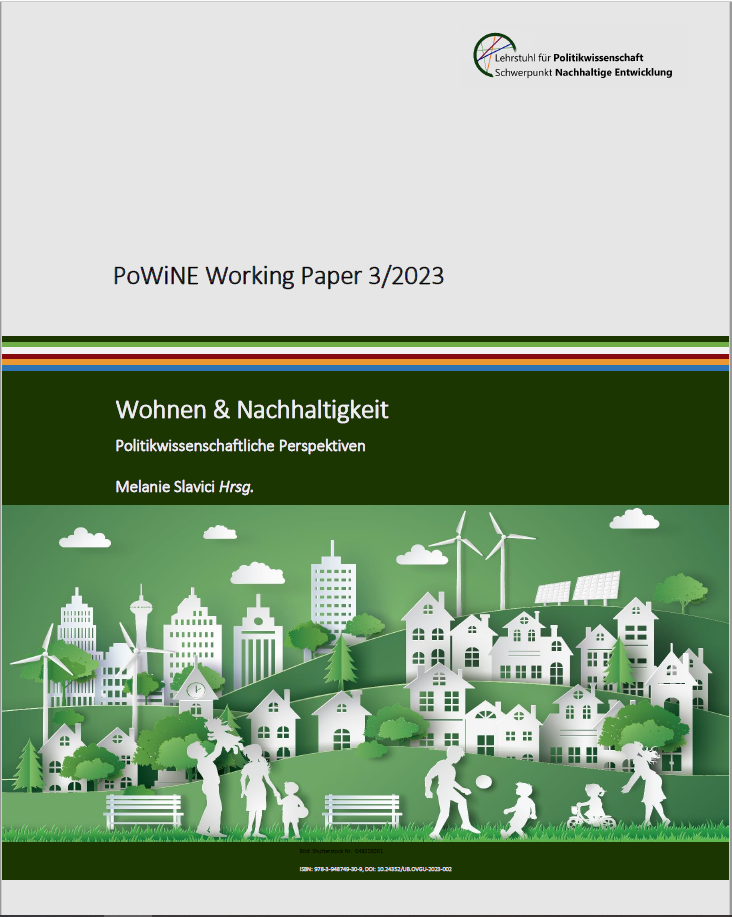Verhaltensrebounds beim Heizen und Lüften?
Zusammenhänge zwischen Energienutzungsverhalten und energetischer Gebäudequalität im Mietwohnbereich
DOI:
https://doi.org/10.24352/UB.OVGU-2023-006Keywords:
rebound effect, space heating, user behaviour, ventilation behaviour, tenant surveyAbstract
Despite an existing lack of knowledge about energy use behaviour in residential buildings, rebound effects are often attributed to the building users . Based on a cross-sectional analysis, this article shows correlations between self-reported heating and ventilation behaviour with energetic building characteristics and thus provides an empirical base for debates about behavioural rebounds. The results show no empirical evidence for behavioural rebounds in heating and airing. Rather, the average thermostat settings in unrenovated buildings in the living room and bedroom are higher than in partially renovated or ambitious standards. Furthermore, in the bedroom, lower heating settings can be found in households with energy-efficient windows. When it comes to window opening behaviour, there are clear preferences for pure shock or tilt ventilation that vary between rooms. However, apart from a shorter and less frequent shock ventilation in living rooms with old windows, no correlations with building characteristics were found.
Downloads
Published
Issue
Section
License
Copyright (c) 2023 Sustainability in Political Science Research and Teaching - Working Paper Series

This work is licensed under a Creative Commons Attribution 4.0 International License.


